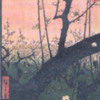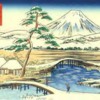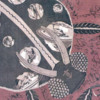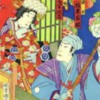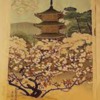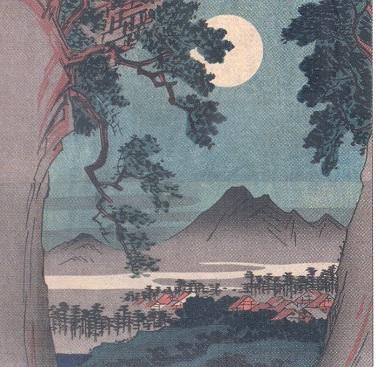Short history of printmaking in Japan
In the 19th -century Tokyo, the center for the production of luxury goods for domestic and export markets, connoisseurship of ukkkiyo-e prints had been established at least a century earlier. Appreciation for ukiyo-e originally flowered in Kyoto, the ancient imperial capitol. In Tokyo it was one of the many courtly arts to be cultivated by a new mercantile society.
This information and image from The Artist's Magazine, October 2007
Flowering Apple Trees,
a woodblock print by Ando Hiroshige (1797-1858)
Attachments
Original Post
